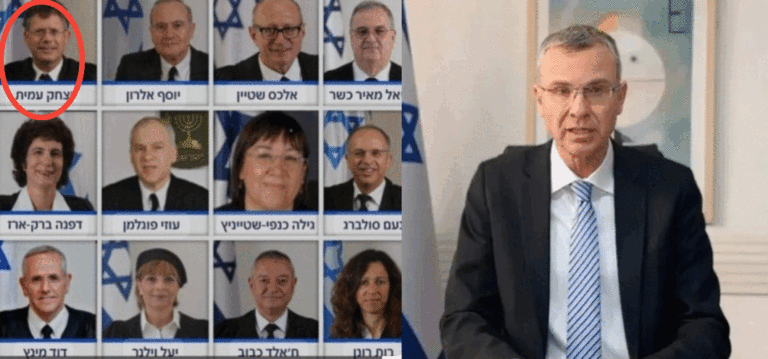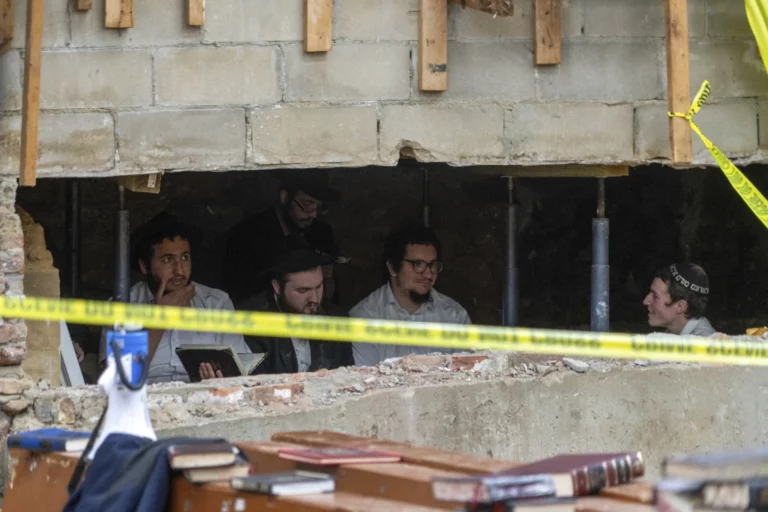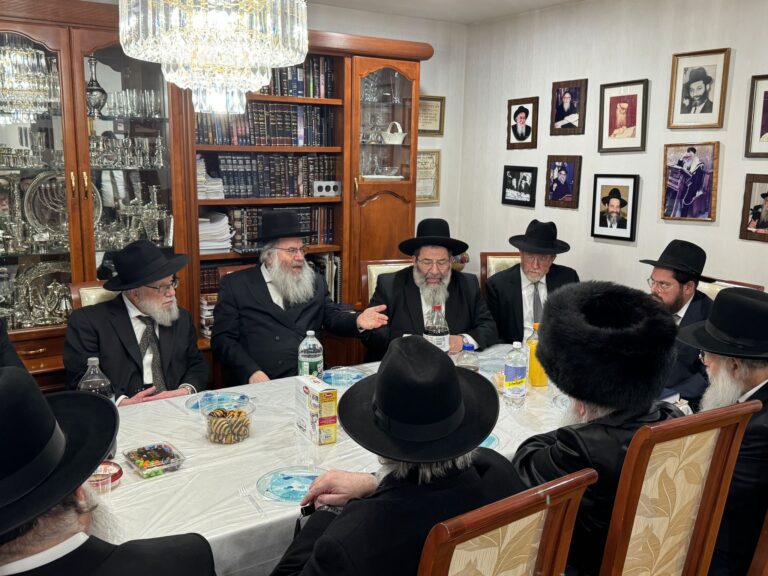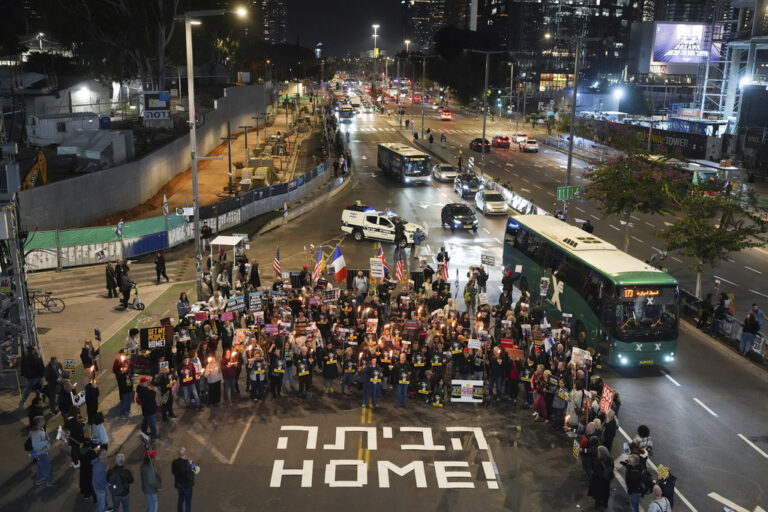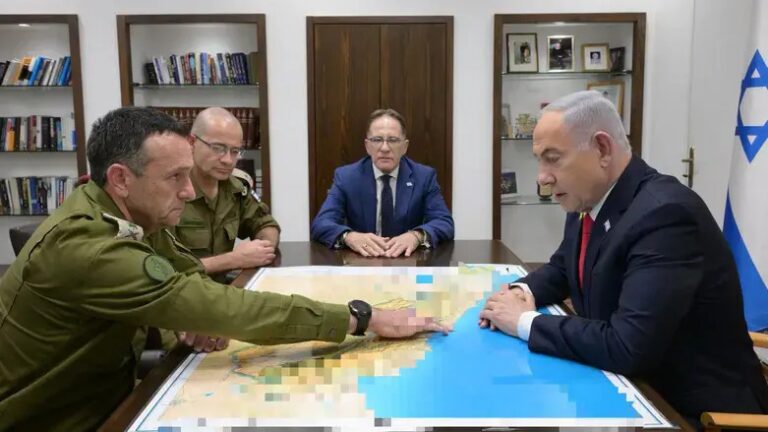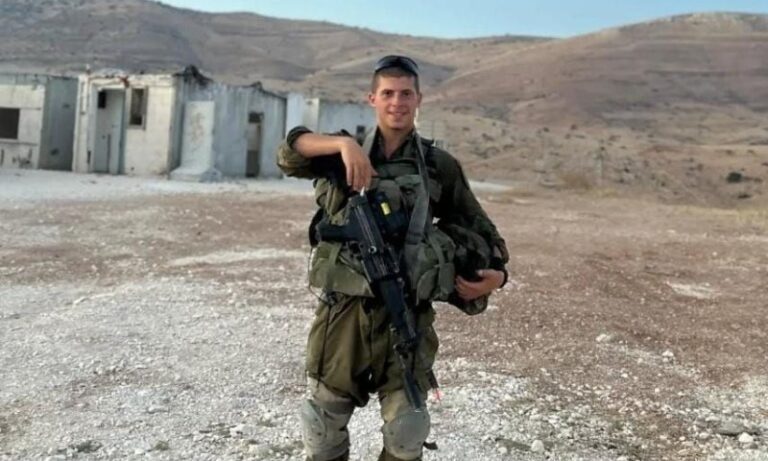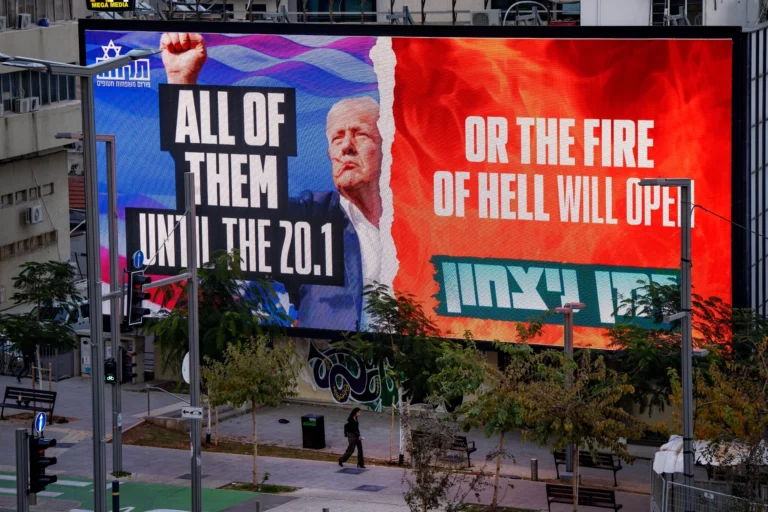The United States struck pro-government forces in Syria with airstrikes for the second time in less than three weeks Tuesday, declaring them a threat to anti-Islamic State coalition fighters and allied troops training at a camp in the south of the country.
The assault came after complicated and messy discussions that reflected Syria’s difficult battlefield and the wide array of forces fighting for a piece of the embattled country.
The day began when forces supporting Syrian President Bashar Assad were attacked by what the U.S.-led coalition believes were Syrian fighters not affiliated with the coalition. It was not immediately clear exactly who the attacking force was, said one U.S. official, but casualties resulted. The U.S. had been urging the pro-Assad forces to leave the area near the camp.
Then, in an unusual step in talks with Russian officials, the U.S. agreed to allow pro-Assad forces to repel the attack and remove their wounded, said the official, who wasn’t authorized to speak publicly on the matter and demanded anonymity.
But soon afterward, more pro-Assad forces began entering the area with anti-aircraft weapons and bulldozers that the coalition said were not part of the agreement or needed to treat or remove the wounded. The coalition issued warnings through its “de-confliction” line with Russia, but the official said those were ignored.
The U.S. doesn’t speak directly with Assad’s government, which it accuses of various atrocities over more than six years of civil war. Instead, it addresses problems with Syria indirectly, usually through Russian officials. Russia is a military ally of Assad’s government.
According to a coalition statement, at least 60 pro-Assad forces were about 40 kilometers (25 miles) from the coalition training area at Tanf, which is inside a protected zone near Syria’s southern border with Jordan. A number of the forces have been in that area since a previous U.S. airstrike on pro-Assad forces on May 18.
A second U.S. official said American airstrikes destroyed two artillery pieces and an anti-aircraft weapon and damaged a tank in Tuesday’s attack. It wasn’t clear how many forces were killed, said the official, who also was not authorized to discuss details of the operation publicly and spoke on condition of anonymity.
Officials said some pro-Assad forces likely remain in the area. It wasn’t clear how many are there or if they might be preparing to leave.
U.S. officials haven’t identified the forces exactly, but have described them as backed or directed by Iran. It’s not clear if they’re Iranian soldiers, Hezbollah members, Syrian troops or part of another militia.
The region around Tanf, where the borders of Jordan, Syria and Iraq meet, has been considered a de-conflicted zone under an agreement between the U.S. and Russia. The coalition uses the base to train Syrian rebels in the fight against IS.
The U.S. dropped 90,000 brightly-colored leaflets more than a week ago, warning pro-Assad forces to leave the area and saying the coalition would take steps to defend itself.
(AP)


